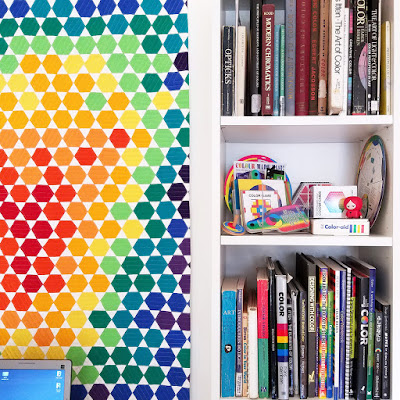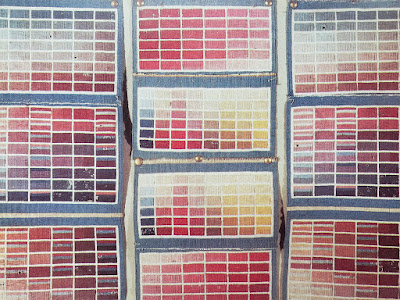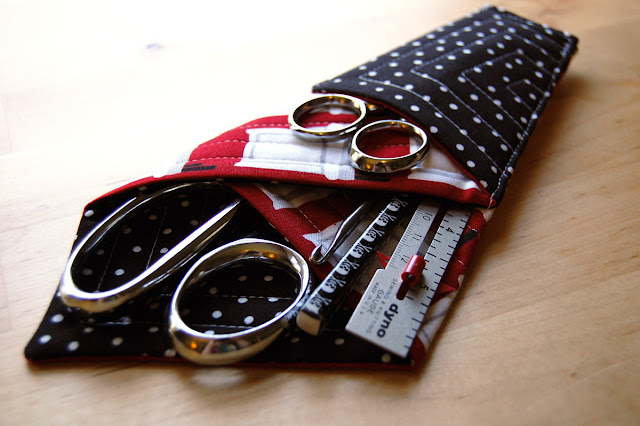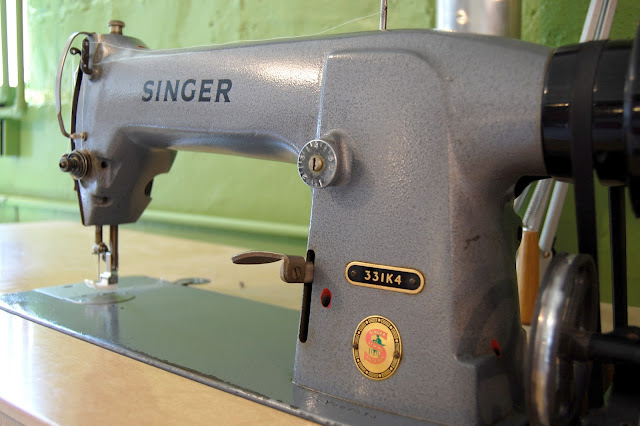Happy International Color Day!
Today is a day for all you color lovers to celebrate! The International Colour Association has appointed March 21 as International Colour Day. Mark this special day by spending some time with color; play some color games, learn a bit about how we actually perceive color, or play around with some color harmonies.
As my favorite color theorist Johannes Itten said, “Color is life; for a world without color appears to us as dead.”
I absolutely love thinking and learning about color, and am thrilled for an official day each year to celebrate color! If you are a creative type who uses colors to make stuff or communicate ideas to your fellow tellurians, you could use the day to try experimenting a bit with color.
There's lots of ways to make quick color sketches, and there really isn't a right or wrong way to do it. Most artists I know (or admire from afar) incorporate regular color play into their practice in a way that fits best with their methods and medium. For example, my BQF (best quilting friend) Tricia has been creating mini color studies in fabric. Check out her work at Instagram, like this mini study of warm/cool colors, or this one that juxtaposes some color opposites. Or look at some of Drew Steinbrecher's work in fabric like this mini combining color complements, or these mini's that focus on minimal colors.
In past years I've created color studies and sketches in many different ways.
Why not give making some quick color sketches a try? You certainly don't have to do it they way I do! If you're a maker, chances are you've got lots of material on hand - enough to use a little to play with color. All you need is a little time and imagination.
If you want some ideas on how to to get started, I'll be sharing three ways to create simple color studies this week. You can use these ideas to create color studies in a way that works best for you, but I'll also be showing you step-by-step how I use colored paper to create simple grid studies. Keep an eye out here this week for more posts about color in celebration of International Colour Day!
This post is one in a series about making color sketches.
This is the introduction post.
Find How to Create a Color Study With Color Harmony here.
Find How to Create a Color Study Investigation here.
Find How to Create a Color Study With Representational Colors here.













Comments